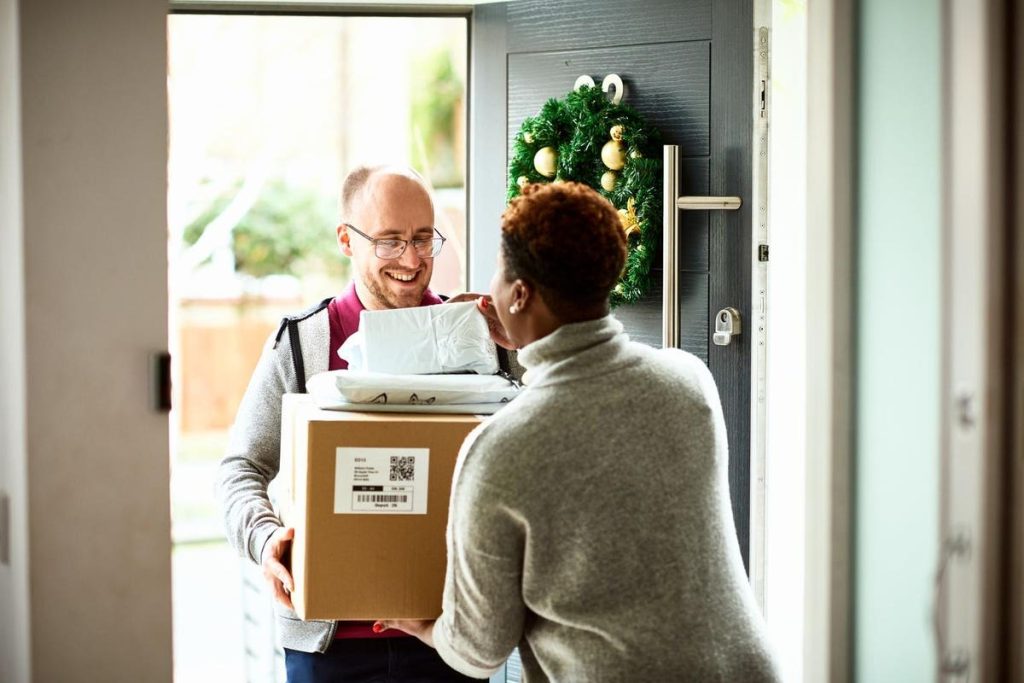CEO of Bringg, the delivery orchestration solution providing enterprises an efficient way to manage their complex delivery operations.
For retailers, insights from consumer data are critical for optimizing last-mile operations. There’s a reason that 63% of companies attribute improved efficiency and productivity as the top benefit of leveraging data and analytics. But enabling effective data collection requires full visibility into all processes and systems across the last mile—and unfortunately, this process often remains opaque and inefficient.
Too many retailers still manage their last-mile operations across multiple, disparate solutions that don’t communicate with each other or with other parts of the tech stack. As they adjust to higher operating costs and shifting customer expectations in today’s volatile economy, retailers must embrace technologies that enable them to maximize their data seamlessly. These days, it’s difficult to profit without it.
Data insights equal profitability.
When data is centralized across touchpoints, retailers can make informed decisions and better optimize their operations to meet customer needs, lower costs and increase profitability.
For example, with keenly understood customer data at their fingertips, retailers can provide personalized offerings and provide targeted promotions, improving customer loyalty while increasing revenue. Customer data can also aid in forecasting demand and help with inventory planning, ultimately reducing stockout and overstocking.
In terms of last-mile fulfillment, data analytics can reveal customers’ delivery preferences and delivery location patterns. This allows retailers to map out more efficient routes for quicker delivery times, which can lower costs and boost customer satisfaction.
Furthermore, by leveraging data, retailers can determine when it makes sense to use external drivers as opposed to their own internal drivers. Specifically, density data can provide the insights needed for reducing costs and improving margins.
With the steady flow of valuable customer feedback regarding the quality of their products and services, retailers can make better-informed, more calculated decisions. This can improve their offerings as well as help identify on-the-fence customers and take action to retain them.
Turning data insights into profits can’t be done in a vacuum. To ensure retailers are leveraging their data for maximum profitability, consider a variety of digital solutions that offer full visibility across operations, from warehouse to last-mile delivery—from shopping and scheduling until the arrival of the package, including returns and customer ratings.
Don’t get siloed.
When retailers approach their data with disparate point solutions, it inevitably creates data silos, where each solution operates in isolation, collecting and storing data separately. This makes it difficult to get a complete view of operations and customer behavior, leading to inefficiencies and missed opportunities. A report of over 500 decision makers from across the U.S. and U.K. found that 46% of respondents feel that their data is too siloed to make sense and benefit from it.
By unifying their data across the entire tech stack, especially when aided by a holistic, data-driven delivery management platform (DMP), retailers can connect all relevant systems, improving operational visibility, efficiency, customer experience and scalability—and perhaps most importantly, costs and simplify management by eliminating redundant systems.
As the market moves toward a post-silo data future where data is more available and fluid across touchpoints, future-forward retailers should aim to maximize these newfound data capabilities to boost profitability across the board.
There’s never too much data.
For retailers, there’s no such thing as too much data. Thankfully, the amount of available data continues to rise, and the actionable insights it can yield are invaluable. But to ensure they’re prepared to transform this growing pool of data into profits, retailers in this post-silo reality will need to leverage analytic tools that are connected to the key consumer touchpoints: inventory data, customer data and shopping and delivery data.
Inventory data requires the use of point of sale (POS) systems that process transactions, whereas enterprise resource planning (ERP) and order management systems (OMS) enable views of data management and delivery. For customer data, customer relationship management (CRM) systems are crucial for managing customer interactions and storing data—purchase history, product preferences, payment information—in a centralized database. Shopping data allows retailers to leverage different customer touchpoints to personalize the shopping experience, such as location, product preferences, cart value and purchase history.
Overall, these disparate but related streams of data can come from various sources, and it’s important for businesses not only to gather, organize, and analyze this data but ultimately make this data actionable to increase profitability in every aspect of their last-mile delivery operations.
Data delivers for delivery.
As retailers look towards the short- and long-term future, reducing costs will remain the ultimate challenge on the path to profitability—something that can be done through a combination of simplifying operations, streamlining processes and enhancing customer experiences. In our data-driven age, this means adopting techniques that leverage all relevant data to glean keen data insights.
All parties involved in the delivery value chain, including dispatchers, delivery providers, pickers and packers, must thoroughly understand the importance of digitizing the delivery process. In addition to incorporating KPIs into each aspect of delivery operations, it’s essential that they integrate data pertaining to orders, customers and operations into their tech stacks to fine-tune route optimization—an art form in and of itself. These stakeholders should also be privy to their tech stack’s architecture, ensuring not to lose any data migrating between new and existing systems.
A DMP is one way to help remedy the pain points they seek to alleviate, as it enables retailers to digitize and connect their last mile operations, store consumer data, generate analytical reports and customize dashboards from every customer touchpoint to make more informed business decisions for a smoother, more efficient operation. By following these points above, companies can better be propelled to the fore of our data-led future.
Forbes Technology Council is an invitation-only community for world-class CIOs, CTOs and technology executives. Do I qualify?
Read the full article here










